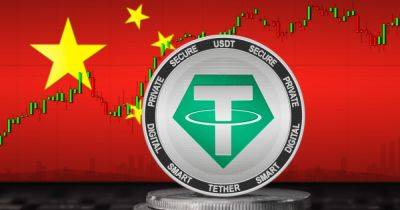Crypto Biz: PayPal’s stablecoin goes live, Bitstamp seeks capital, and Coinbase's L2
In a move that can reshape the digital payments landscape, financial technology giant PayPal has unveiled its United States dollar-pegged stablecoin PayPal USD (PYUSD).
In line with expectations, the launch has ignited a complex debate within the crypto community.
Ethereum’s daily active user base hovers between 300,000 to 400,000, which is a fraction of PayPal’s colossal user base count of over 430 million. As a result, some see the move as a significant step toward transforming Ethereum into the internet’s monetary backbone. Despite the excitement, skepticism looms over the crypto landscape, with questions about crypto centralization taking center stage.
However, concerns raised by the crypto community may not pose the biggest challenge to PayPal’s stablecoin; the regulatory landscape is still uncertain in the U.S., where the fintech company is headquartered.
PayPal is said to have been discussing the stablecoin with regulators and lawmakers in recent months, lobbying for clarity from authorities before releasing PYUSD. Democratic and Republican House Financial Services Committee members have voiced contrasting opinions on the stablecoin launch.
Nevertheless, the PYUSD debut shows PayPal’s optimism about an upcoming framework for stablecoins oversight in the United States. As regulatory debates unfold, PYUSD’s impact on the industry’s evolution and stablecoin dominance remains to be seen.
This week’s Crypto Biz explores PayPal’s stablecoin, Coinbase’s new layer 2 network, Bitstamp’s fundraising and the growing popularity of crypto bots on Telegram.
American financial technology company PayPal launched a new stablecoin on Aug. 7. The U.S. dollar-pegged PYUSD will be issued by Paxos Trust Company, and it is fully backed
Read more on cointelegraph.com






















